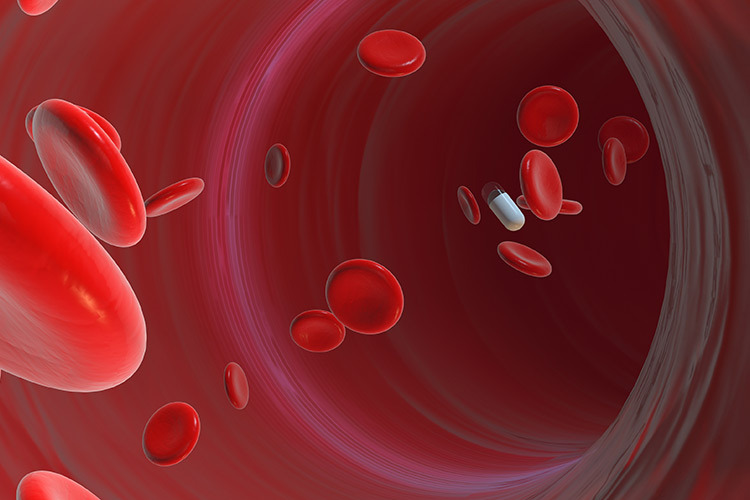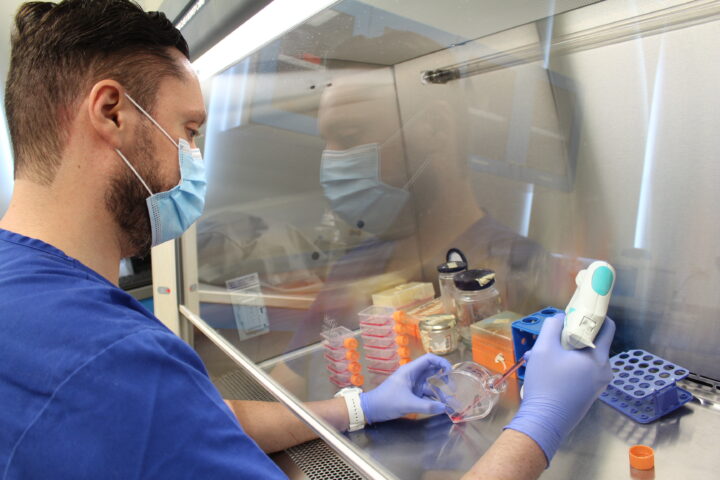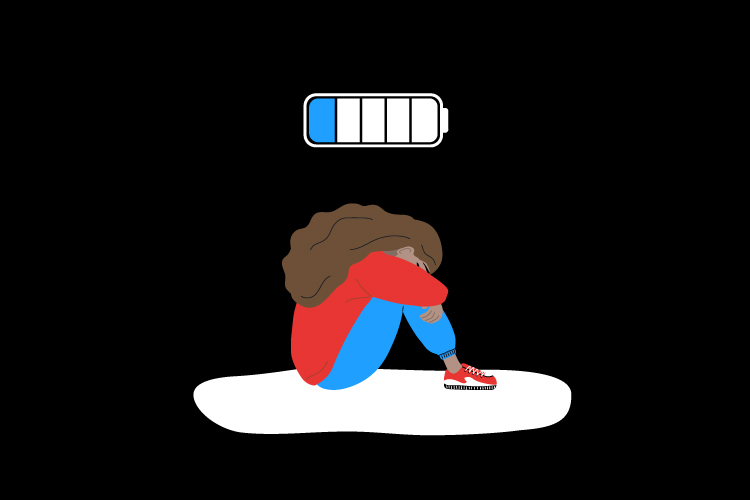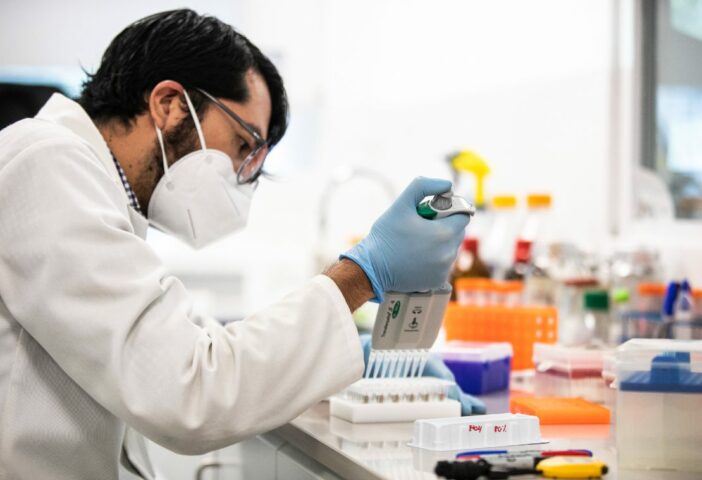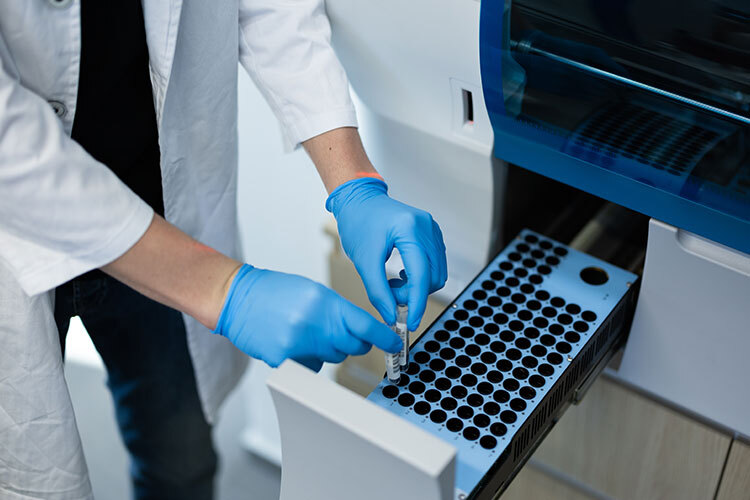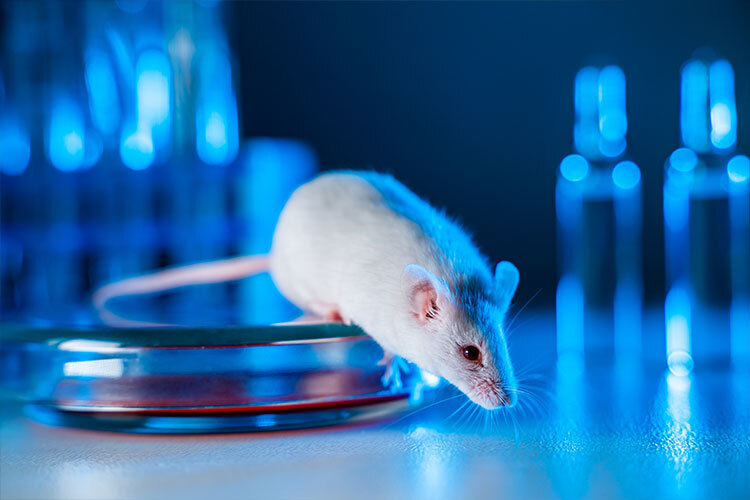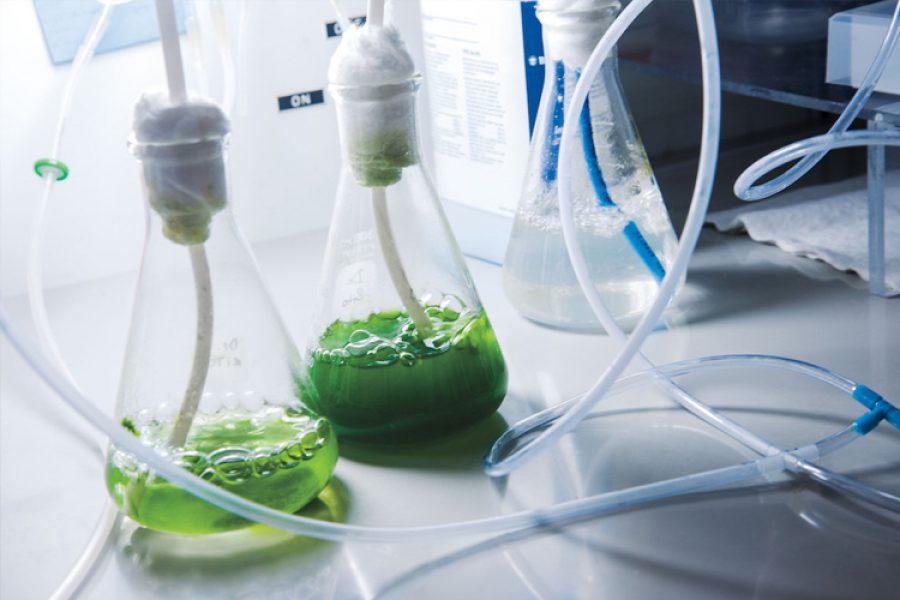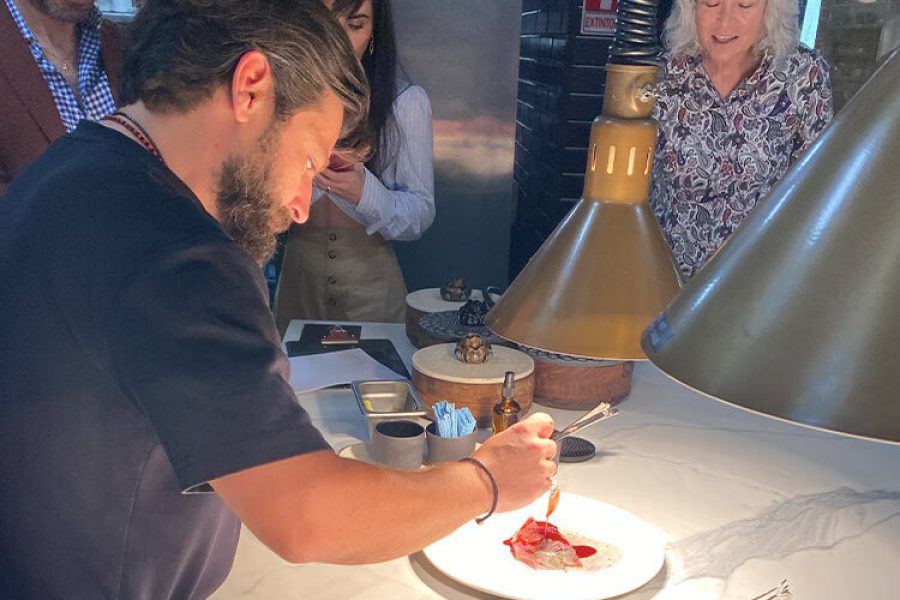Treating metabolic diseases –such as diabetes or dyslipidemia– is one of many challenges that modern medicine faces, but nanomedicine could help make drugs that are more effective and cause fewer side effects.
This branch of medicine consists of using nanometric systems to transport molecules –such as drugs or medical devicies– within the human body to treat diseases or perform medical procedures.
“The nanometer scale is a thousand times smaller than a human hair,” says Omar Lozano, leader of the Bioengineering and Medical Devices Unit at the Institute for Obesity Research at Tec de Monterrey.
Unlike common medicine, nanomedicine offers many advantages, such as designing drugs to be directed only towards the organ that is going to be treated.
“When we have a headache and take a drug, only five or 10% will reach our brain, the rest is lost in the body,” explains Lozano.
Being able to direct a drug towards a specific organ or tissue not only ensures maximum effectiveness, it also reduces side effects by not leaving residues in other organs. In addition, it is possible to control when a drug is released and at what speed, which can result in lower doses being required for the treatment.
As if that were not enough, drugs or molecules that are easily degraded can also be protected so that they reach their desired target.
To treat metabolic diseases, the promise is that nanomedicines will be more effective and reach the cells of the most compromised organs and tissues, such as the pancreas or adipose tissue.
The Nanotaxi
In general, nanomedicine consists of a nanometric system –which is usually a sphere, but can have other shapes– made of different materials, such as biopolymers, clays or metallic particles. The drug or medical device to be delivered is placed inside the system.
To ensure that it reaches a specific organ, ligands or antibodies which recognize only the receptor of a specific cell are placed on the surface of it.
“We place a sort of biological GPS so that when it reaches the organ we want, it delivers the drug,” says Lozano.
In addition, using chemical synthesis they can design it so that when it clicks with the cellular receptor, there is a conformational change in the system and then the drug is released. This allows the release to happen in a controlled manner, perhaps at a specific time or during a certain period of time.
“You can also include a fluorophore or another molecule that reacts to light to trigger the release of the drug,” says Lozano.
In their laboratory, they named this system nanotaxi and have begun to apply it to the treatment of different diseases, including diabetes.
One of them is a nanosystem aimed at the pancreatic islets, which are groups of cells in the pancreas that include the beta cells that produce insulin. In diabetes, the immune system destroys beta cells, slowing down the production of insulin.
“With our system, we will be able to help release insulin in a regulated way,” says Lozano. “We recently submitted a patent application.”
They are also working on a system that is activated by light to support the treatment of breast cancer, especially the one that arises in relation to obesity.
Future Challenges of Nanomedicine
Currently, there are already several nanomedicines on the market. The clearest example is a powerful anticancer drug called Doxil. This is composed of liposomal doxorubicin, which has a powerful effect against tumors. However, this molecule is also toxic to the heart.
“Using nanomedicine they encapsulated the drug and managed to reduce the side effect on this vital organ,” says Lozano.
Although there are already some drugs of this type, nanomedicine still faces various challenges in order to reach its potential.
One of them is to make the targeting of the drugs is really efficient, because in terms of design there is still an area of opportunity.
Also, achieving that the effect is drastically different from the drugs that are already available has been more complicated than it seems. “The important thing is that it really feels different for the user,” says the expert.
In the future, in the field, they are looking for systems to be created with materials that are not only biocompatible and biodegradable, but that the particles in which they decompose in can benefit the human body.
“They could be created from iron oxide so that when it breaks down, a small infusion of iron is given to the body,” explains Lozano.
On the other hand, it will be important to work hand in hand with doctors because they are the ones who have direct contact with patients and understand their needs.
According to Lozano, within five to ten years, nanomedicines will become more common and will be part of the efforts to improve the quality of life for people.
“We are trying to lay the foundations for the next generation of drugs,” says Lozano.
Were you interested in this story? Do you want to publish it? Contact our content editor to learn more marianaleonm@tec.mx
